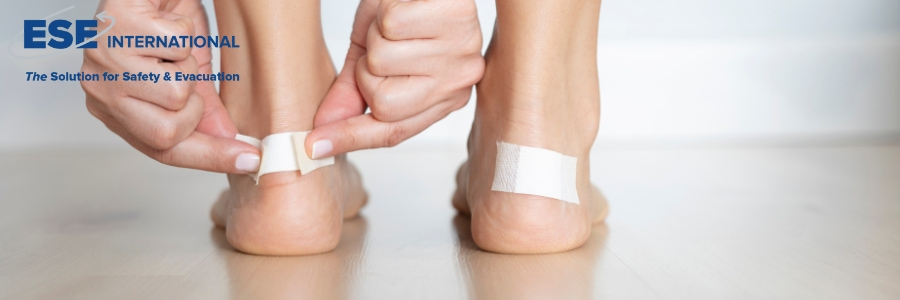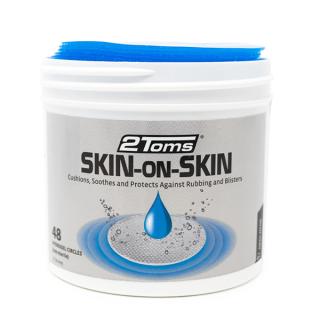A blister plaster is an essential tool for anyone who walks, runs or has new shoes. It helps relieve pain and promotes rapid healing of blisters.
What is a blister plaster?
A blister plaster is a special type of plaster designed to protect blisters and prevent friction on the blister. It is made of a flexible, waterproof material that conforms to the contours of the skin, with a soft absorbent interior that absorbs the moisture from the blister.
How does a blister plaster work?
The purpose of a blister plaster is to protect the blister and promote healing. The plaster forms a cushion over the blister, reducing friction and pressure. This helps to relieve pain and prevents further damage to the blister. In addition, the blister plaster absorbs fluid from the blister.
A blister plaster can also be used as a preventative measure, so you can prevent blisters instead of curing them.
Types of blister plasters
Blister plasters come in various shapes and sizes. You have plasters with hydrogel that protect against pressure and friction. In addition, you have plasters with a wound cushion and moisture absorbing function. View the most commonly used blister plasters below:
Also view our full range of blister plasters.
How to apply a blister plaster:
Applying a blister plaster is simple and can be done in a few steps:
- Clean the skin: Make sure the skin around the blister is clean and dry before applying the plaster. This will prevent infection and ensure that the plaster stays in place.
- Remove the protective film: Remove the protective film from the patch without touching the adhesive side.
- Apply the patch: Carefully place the patch over the blister, making sure the center of the patch is directly on the blister.
- Press the edges: Press the edges of the plaster firmly to keep it in place and prevent moisture or dirt from reaching the blister.
How long should a blister plaster remain on?
A blister plaster can usually be left on for days, possibly until the plaster falls off by itself. This can vary from 3 to 7 days, depending on the location of the blister and how much the plaster has to endure. It is important not to change the plaster too often, so that the skin has time to heal.
The healing process of a blister takes on average 7 days. There is no need to change the blister plasters if they are still firmly attached.
Can I use a blister plaster on an open blister?
A blister plaster can be applied directly to an open blister. It is important to first clean and disinfect the wound thoroughly. You can do this with a disinfectant or just water. Then make sure that the area around the blister is dry.
How do you remove a blister plaster?
The best way to remove a blister plaster is as follows:
- Remove the patch at an edge: Start at a corner of the patch and gently, slowly pull the patch away from the skin. This reduces the chance of skin damage.
- Pull the plaster parallel to the skin: Pull the plaster in a direction parallel to the skin instead of straight up, this will reduce pain and prevent the wound from pulling open.
- Clean the skin: After the bandage is removed, clean and dry the skin again to remove any adhesive residue and allow the wound to continue healing.
Medical disclaimer: The information in this article is for educational purposes only. For proper application of blister plasters, a qualified first responder should be consulted. In case of severe blisters or injuries, call 911 or seek medical attention immediately.




